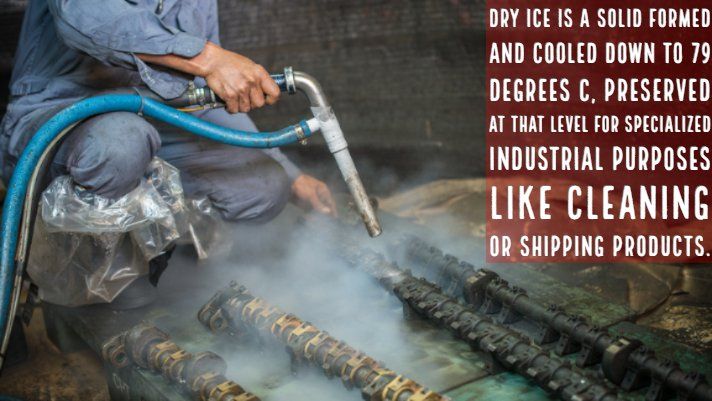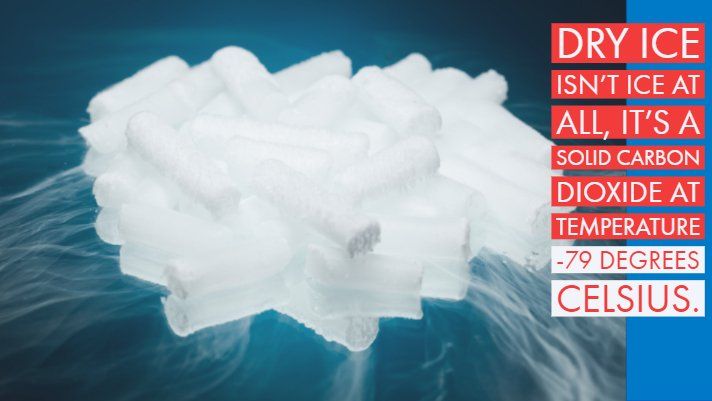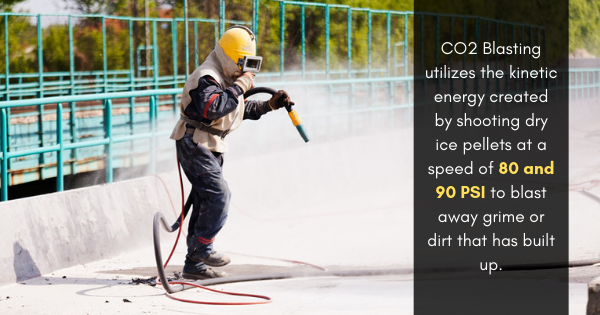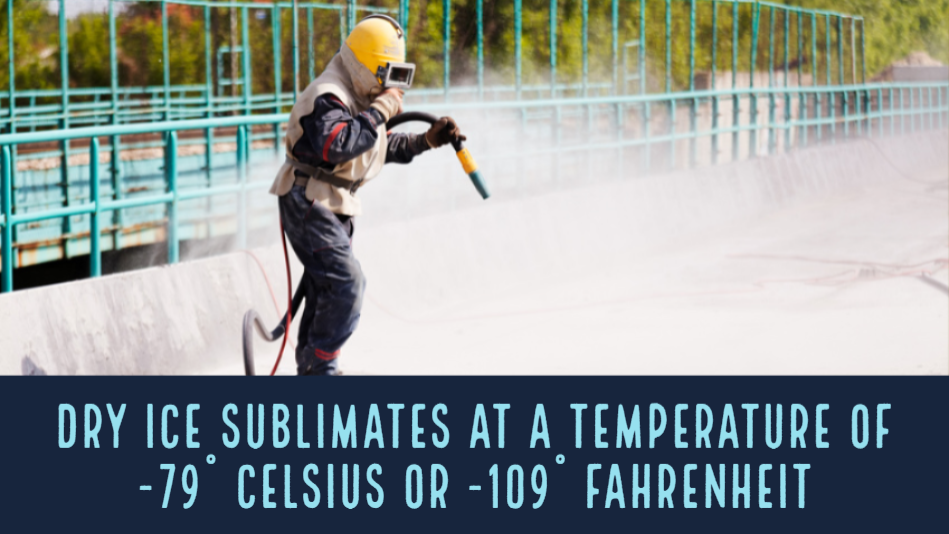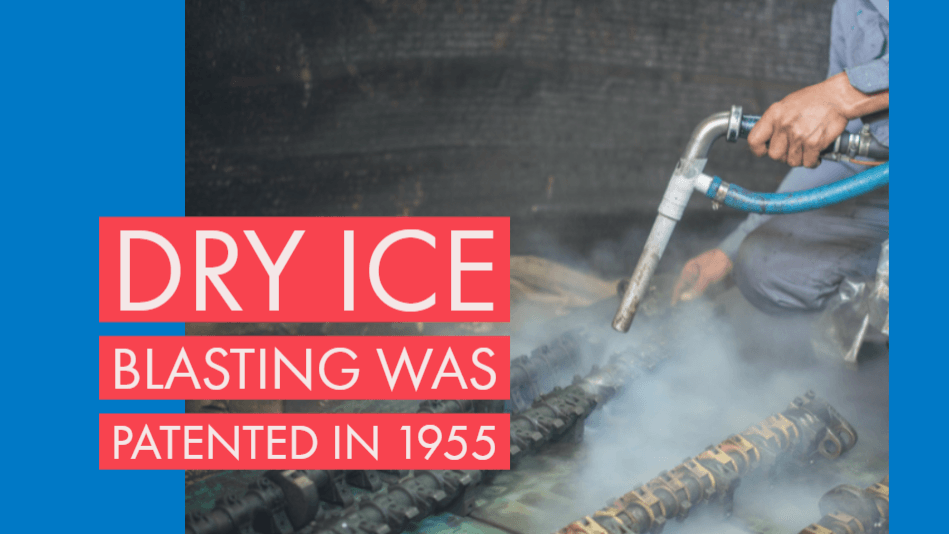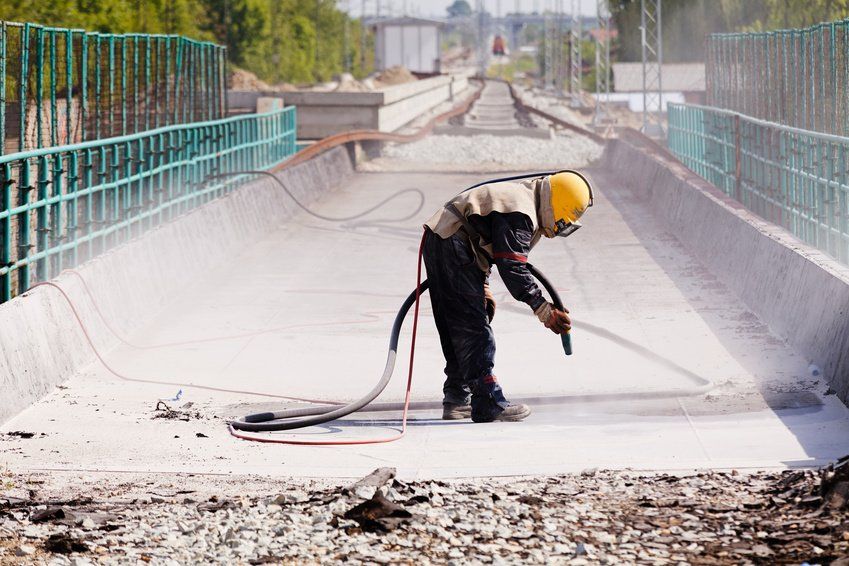6 Tips for a Professional Dry Ice Blasting Technique
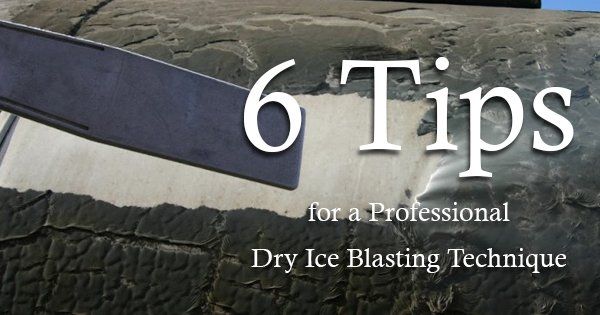
Dry ice blasting, otherwise known as CO2 blasting, is an environmentally sustainable cleaning solution that produces no secondary waste and provides a factory finish. Compressed air between 80 and 90 PSI is used to blasts pellets of solid carbon dioxide (dry ice) at high speeds to disrupt surface contaminants. However, as with most things in life, the full capabilities of dry ice blast cleaning is only achievable through the right technique and procedures.
Just as you wouldn't paint your car with a paintbrush or cut your grass with a pair of scissors, dry ice blasting requires the proper equipment and technique. If you've recently rented a CO2 blastingmachine and are preparing to use it to clean your industrial machine, then here are some tips for a job well done.
- Ensure consistency : It's important to maintain a constant and sweeping motion during your blasting session as well as to keep a consistent nozzle angle throughout the entire process.
- Limit overlap : Most people tend to have a large amount of overlap when they're spraying to ensure that the entire surface is covered. However, in doing so, you extend the time it takes to complete the job and end up using more media. By minimizing the amount of overlap per sweep, you can maximize efficiency.
- Top to bottom : More or less a preference, sweeping your nozzle from top to bottom is recommended to effectively clean your application.
- Find a rhythm : It's a good idea to find a rhythm which you can keep throughout the entire blasting process. Your rhythm shouldn't be too fast, which would result in a lot of missed spots and the need for a respray, nor should it be too slow which would extend the cleaning time. You'll want to be somewhere in between.
- Keep your distance : Ideally, you will want to keep your nozzle two to six inches away from the surface in which you're blasting.
- Maintain hose integrity : Always be aware of your hose and be sure to avoid any kinks that could compromise the blasting machine's integrity. Also, note that your hose should be far away from any hot surfaces.
